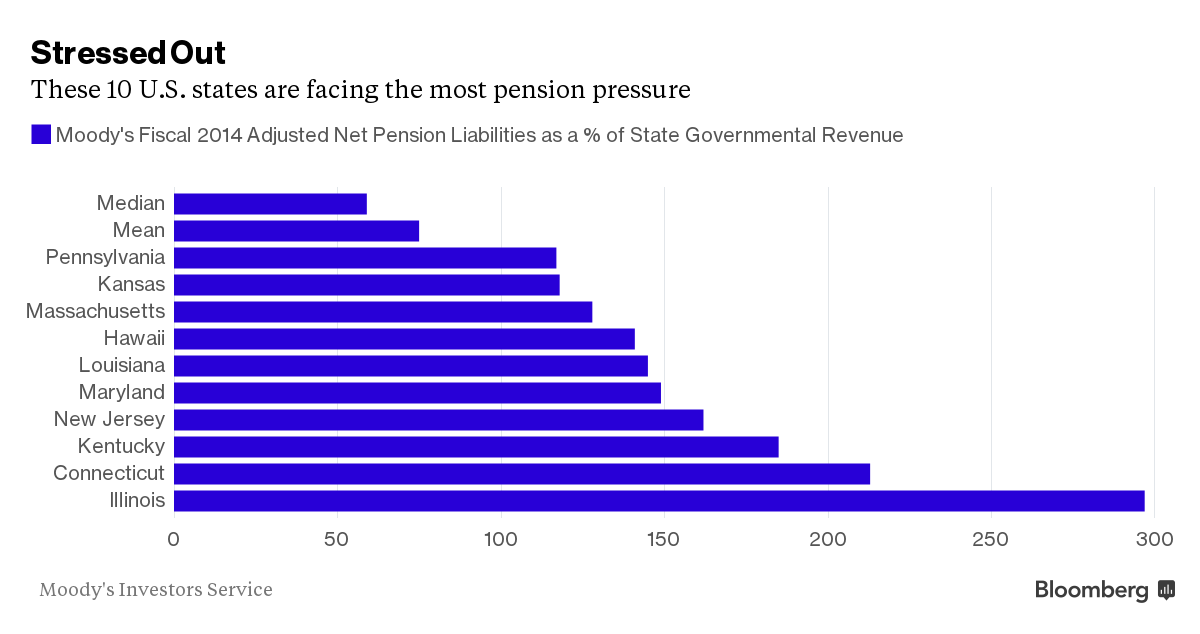
Leo Kolivakis is a blogger, trader and independent senior pension and investment analyst. This post was originally published at Pension Pulse.
Adrian Morrow of the Globe and Mail reports, Ontario to delay start of pension plan in bid to ease business fears:
Ontario is slowing down the start of its signature pension plan but speeding up the delivery of this year’s budget, two moves calculated to soothe the fears of business leaders amid an uncertain economy.
Big corporations will not have to start contributing to the Ontario Retirement Pension Plan (ORPP) until 2018, rather than 2017.
The budget, meanwhile, will come down on Feb. 25 – more than a month before the end of the fiscal year and more than two months earlier than the Liberal government’s three previous spending plans.
Finance Minister Charles Sousa made both announcements in a speech to the Empire Club on Tuesday.
He said he decided to move up the budget so businesses could see the government’s fiscal framework for the coming year as soon as possible, helping them better plan as the country rides an economic roller-coaster. For instance, the budget will implement a cap-and-trade system for carbon emissions starting in January, 2017; releasing the details early will give companies more time to prepare.
“We focus on a dynamic business environment, strategic infrastructure, investments in skills and training, all within a fair society,” Mr. Sousa said in his speech. “There are opportunities to be seized upon, but we need to act quickly.”
He later told reporters: “Our government is committed to creating a low-carbon economy through a cap-and-trade system. The budget will set the stage for Ontario to be a part of the 2017 carbon auction.”
The ORPP is one of Premier Kathleen Wynne’s legacy pieces. Funded by contributions from workers matched by their employers, it will return an average payment of $6,410 a year in retirement income if contributed to for 40 years.
Delaying the start of contributions for large corporations by a year will give them breathing space to sort out how they will make the payments. It will also mean some workers will receive slightly lower benefits in retirement as a consequence of missing one year of contributions. None of the other key dates for the plan’s rollout will change: Medium-sized companies will start contributing in 2018 and small businesses in 2019; the first benefits will be paid in 2022.
Karl Baldauf, vice-president of policy and government relations at the Ontario Chamber of Commerce, said the delay for big business is much-needed. The government has not yet done direct outreach to help companies set up ORPP payments, he said, and this has to happen to ensure the system is set up smoothly.
“You can’t reasonably expect to be collecting money from organizations who don’t know what their obligations will be,” he said in an interview. “We need education, registration, then implementation.”
The delay also gives the federal government and the other provinces more time to negotiate a possible enhancement to the Canada Pension Plan. A nationwide CPP expansion would help ensure Ontario firms aren’t put at a disadvantage by paying more in pension contributions. “We have agreed to enter into a national dialogue to enhance the Canada Pension Plan. To foster and accommodate this dialogue, we are extending the time required to comply with the ORPP,” Mr. Sousa said in his speech.
Dan Kelly, president of the Canadian Federation of Independent Business and an opponent of the ORPP, said he hoped Ontario would cancel the plan if the rest of the country agrees on a CPP enhancement.
“We’re hoping it’s the first step to delay or even rethink the ORPP,” he said. “It will allow the CPP discussion to take place to see what, if any, changes the government might consider to the ORPP program itself.”
But government sources said the Liberals are determined to push ahead with their pension plan. Even if the rest of the country reaches a deal on CPP by 2018, it could still take years to implement, and Ontario does not want to wait. The essential details of the ORPP – how much people and companies will pay into it and how much retirees will receive – are not going to change, the sources said.
If the rest of the country agrees to a CPP enhancement smaller than the ORPP, Ontario plans to merge the ORPP with CPP, but Ontarians would pay more into CPP and receive larger benefits than people in other provinces.
Are you confused with all this back and forth on the ORPP? I’m not. I still think it’s a “Wynning” pension strategy but obviously something is cooking in the background.
Importantly, politicians don’t delay a big bold pension policy unless there is a good reason to delay it. All this talk about giving big corporations more time to prepare sounds logical but more likely than not, it’s just a smoke screen. I think something is happening in the background on enhancing the CPP which is why Ontario is delaying the launch of the ORPP.
Why am I so sure? It was just a day ago when the federal government cleared the red tape on Ontario’s new pension plan. There’s definitely something cooking in the background here and the delay is not something that concerns me in the least.
I’ve said it before, and I’ll keep saying it. Ignore all the rubbish on the costly CPP and calls to cancel, not delay the ORPP. Until our politicians implement real change to Canada’s Pension Plan, and enhance the CPP once and for all despite the economic crisis headed our way, our retirement system will keep failing millions of Canadians staring at pension poverty. And this will jeopardize the long-term economic growth of our country and add to our debt profile.
There’s nothing to fear about enhancing the CPP or introducing another well-governed Canadian public defined-benefit plan. Politicians from all sides of the political spectrum should be agreeing on this, recognizing the brutal truth on DC plans as well as the benefits of DB plans.
Photo credit: “Canada blank map” by Lokal_Profil image cut to remove USA by Paul Robinson – Vector map BlankMap-USA-states-Canada-provinces.svg.Modified by Lokal_Profil. Licensed under CC BY-SA 2.5 via Wikimedia Commons – http://commons.wikimedia.org/wiki/File:Canada_blank_map.svg#mediaviewer/File:Canada_blank_map.svg








